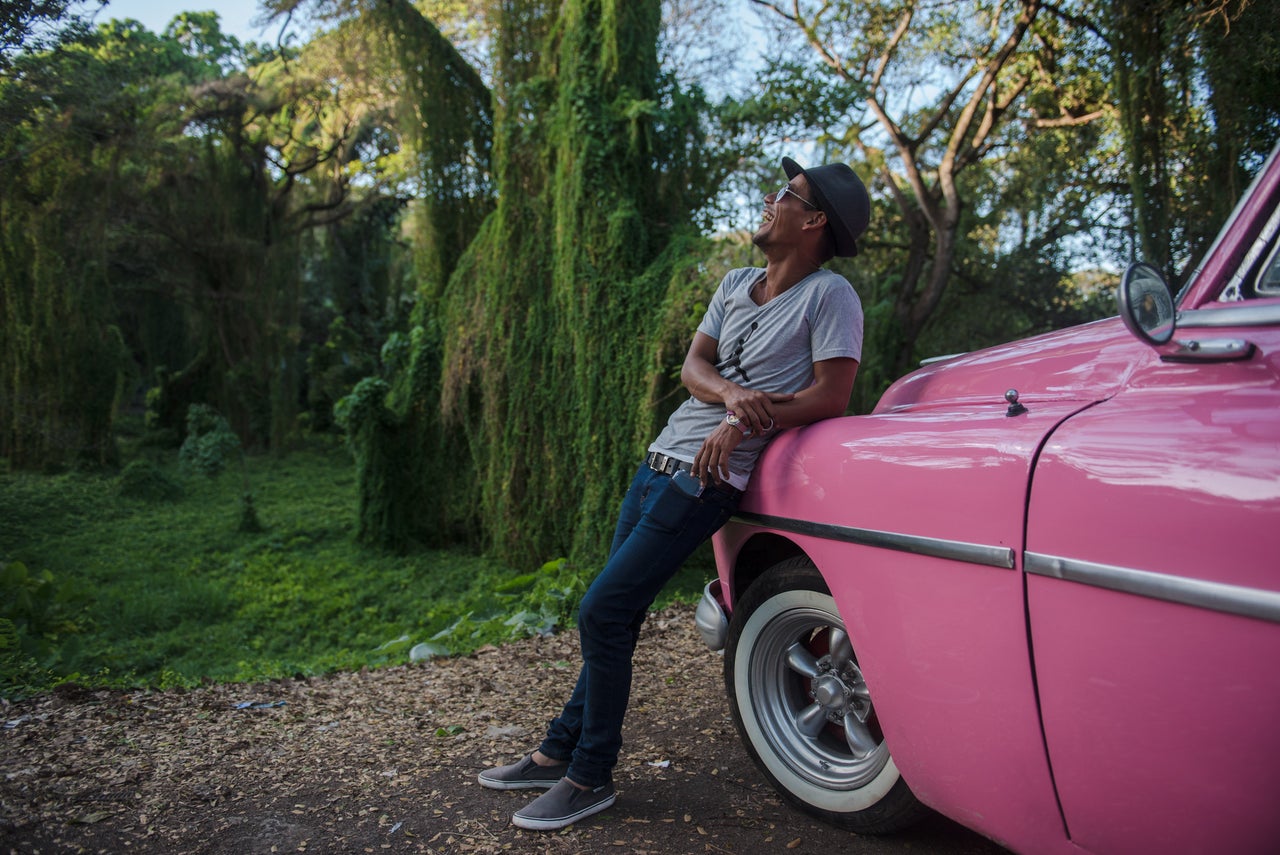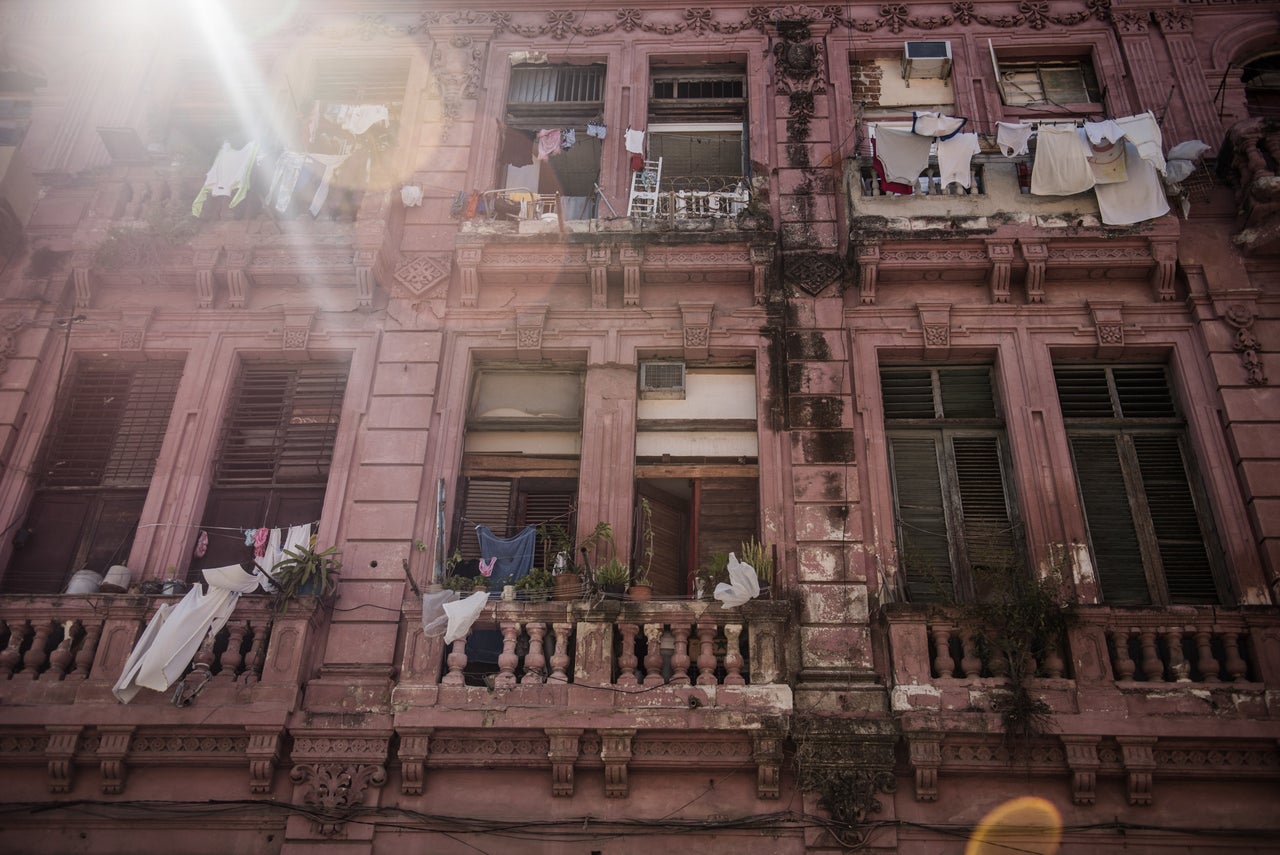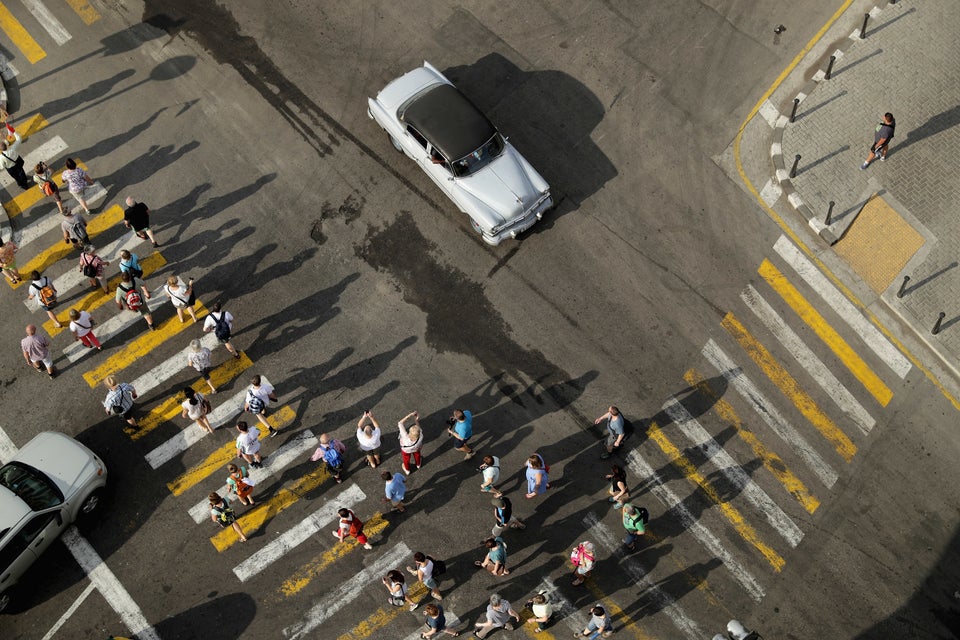This post originally appeared on ViewFind.
If the U.S. and Cuba had to choose from a drop-down menu to describe their relationship, it’s no question which one it would be. That’s right: “It’s complicated.” And while the strained ties are gradually beginning to ease — with the last couple years even seeing the reopening of commercial flights and embassies between the two countries — the stigma of traveling from America to the “forbidden” island still lingers.
Not letting this deter her, budding documentary journalist Morgan Lieberman traveled to Cuba to photograph the island and form her own opinions instead. Through her images, she offers a fresh look at the vibrant and textured charm of the Caribbean country both proud of its past and confident in its future.
Holding a little more than a grudge, the relationship between Cuba and the US began to strain after Fidel Castro came into power in 1959. What ensued afterwards was decades of heated disagreements between the two countries, political grandstanding, and of course, the occasional international crisis.
With Switzerland holding the role as mediator throughout the years, the two countries surprised the world in 2014 when they announced their governments would be restoring full diplomatic ties. Since then, the two countries have moved forward with thawing relations, but the long period of tension has left an impression.
“Everything I knew about Cuba was either very negative or very misconstrued to really old history books,” says Lieberman, describing what she remembers learning about the country in the American school system. “I think the overall consensus was that it’s a place stuck in the past, unable to escape the reigns of a Communist dictatorship,” she adds.

Traversing beyond the pages of her SparkNotes, Lieberman intentionally didn’t plan ahead for her trip: the last spring break hoorah of her college career. “I knew that having a camera would keep me focused on what I was seeing,” she says, “but I also knew that I didn’t want to go there with any expectations.”
With this openness, Lieberman felt very much at home in Cuba. Easing into the streets lined with colorful, eclectic cars — a look stemming from the results of the US trade embargo — she defines its aesthetics as “vintage but not outdated.”
Finding familiarity in the bold paint chipping off the outside of boxing gyms, she attributes her affection for the country to her own ingrained love of old things.
“One of my uncles has an antique shop in New York and my grandpa was an artist, so maybe it’s genetic,” she laughs while adding, “somehow everything in the past morphs into the present and you don’t realize it, but it affects you. Cuba felt that way for me.”
From securing taxi rides to lending out bicycles, Lieberman felt comfortable in a place where people genuinely seemed to want to help out. “Everything was arranged by word of mouth. It was all like, ‘Oh, let me call up my friend for that,’” she says. “There’s just a kindness that exists there that I really love and admire a lot.”
This warmness could be felt during the week as Lieberman covered the areas of Varadero, Viñales and Havana. “Each city and town offered very distinct characteristics from one another,” she says, “making the country so thrilling with infinite visual opportunities and experiences.”
Varadero, the ultimate getaway for many Cubans as well as millions of international tourists each year, boasted pristine waters and white sandy beaches. And Viñales provided a haven for both cigar and outdoor enthusiasts with its plethora of tobacco farms and stunning mountains and valleys.

For Havana, salty breezes and cigar smoke permeated the air. Friendly taxi drivers honked every time in passing, and freshly squeezed mojitoes flowed at the famous Hotel Nacional: the legendary establishment known for hosting iconic celebrities ranging from Nat King Cole to Frank Sinatra and John Wayne.
Despite these varying characteristics across the country, Lieberman noticed one consistent element intertwined into the fabric of Cuba as a whole: the way the light hit the streets, trees and buildings during golden hour. Even with hearing about it and looking at pictures before her trip, it felt like something she had recognized on her own.
“I’m still trying to figure it out, but it felt a bit like a painting,” she says. “All of the country felt like this, and I wish I would have read more Hemingway, because I know he loved Cuba, and I’d love to hear what he has to say.” But while the American novelist may have offered some insights, she needn’t look any further than the country’s very own Pedro Juan Gutiérrez who wrote, “Cuba may be the only place in the world where you can be yourself and more than yourself at the same time.”
While wrapping up her last spring break as a college student, Lieberman headed back to Columbia, Missouri, to finalize her degree in documentary journalism. As she takes on the future, she hopes to continue to channel the energy she felt in Cuba of being able to confidently ebb and flow with whatever life brings. “What I came across in that week of spontaneous adventures is that the Cuban people were not actively trying to be something else,” she says, “but rather embracing their sense of tradition and also, taking great pride in changes along the way.”
See more images on ViewFind.com

